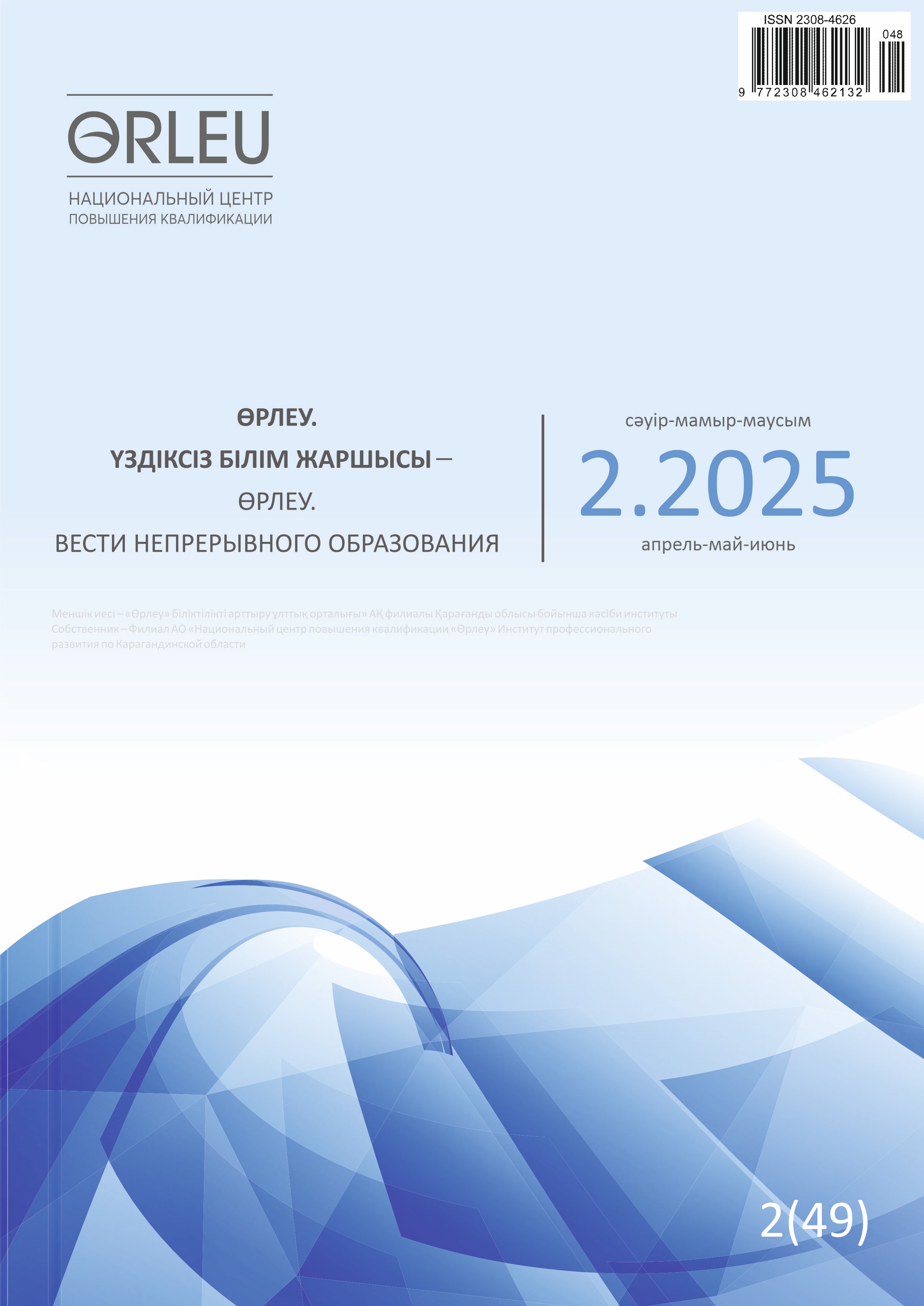Abstract
In the context of digitalization and scientific-technological progress, the implementation of STEM education is becoming a priority in the modernization of educational systems. This article presents a comparative analysis of international practices in the implementation of the STEM approach, focusing on countries such as Finland, Singapore, and the United States. The analysis is based on five key criteria, which were developed based on the analysis of international studies and reports on the implementation of STEM education, in particular: OECD reports (for example, the PISA framework), UNESCO materials on STEM policy, analytical reviews of the National Science Foundation (NSF, USA), as well as practices recorded in the educational strategies of Singapore and Finland: the level of institutionalization of STEM, the scale and depth of its implementation, the degree of involvement of schools, teachers, and students, the role of government and the private sector, and the effectiveness of implementation measured by international assessments (such as PISA) and participation in academic digital transformation and rapid technological advancement, STEM education (Science, Technology, Engineering, and Mathematics) has become a key factor in preparing generations capable of thriving amid swift changes. The aim of the study is to identify effective STEM implementation models and define strategic directions for the further development of this field in Kazakhstan's education system. The findings reveal that each of the studied countries has established successful practices and mechanisms for implementing STEM education. The significance of the work lies in the possibility of using the identified models and recommendations for the successful implementation of STEM, which in turn contributes to the formation of competitive human capital and the adaptation of young people to the technological challenges of the 21st century.


